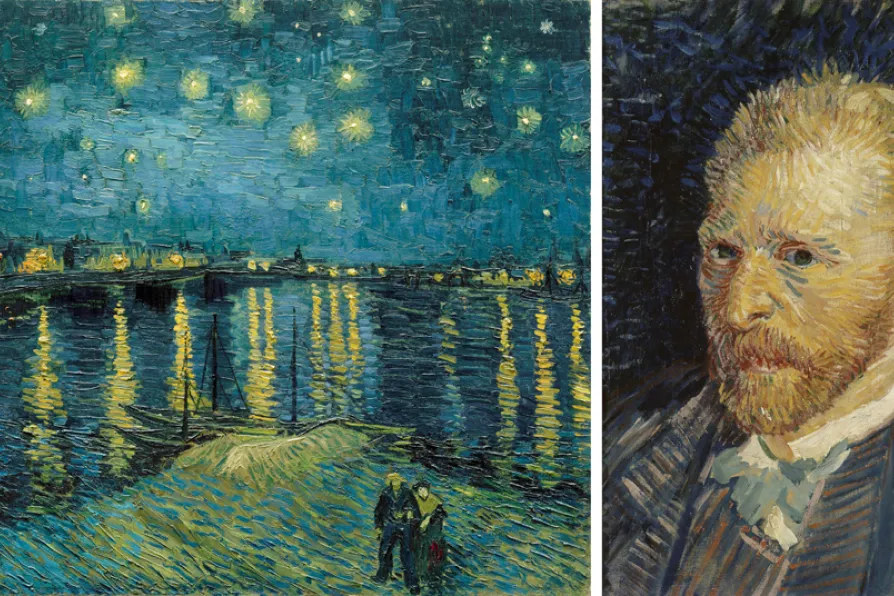The bard pays homage to his two muses: his wife and his football club
Van Gogh and Britain, Tate Britain
CHRISTINE LINDEY recommends an exhibition revealing the profound sense of humanity in the works by the great painter

 Vincent van Gogh - Starry Night, 1888 and Self-portrait, 1887.
Vincent van Gogh - Starry Night, 1888 and Self-portrait, 1887.
IN THE only article about Vincent Van Gogh (1853-1890) published in his lifetime, the Symbolist poet Albert Aurier characterised him — in an otherwise complimentary text — as a crazed genius.
This commonly held perception was further dramatised and popularised by the 1956 Hollywood film Lust for Life, which had Van Gogh chopping off his own ear. In fact, the artist only sliced off a sliver during one of his intermittent bouts of mental illness, during which he did not paint, and which only plagued him in the last two years of his short life.
Similar stories

ANDY HEDGECOCK relishes two exhibitions that blur the boundaries between art and community engagement

JAN WOOLF wallows in the historical mulch of post WW2 West Germany, and the resistant, challenging sense made of it by Anselm Kiefer

CAROLINE FOWLER explains how the slave trade helped establish the ‘golden age’ of Dutch painting and where to find its hidden traces

The Morning Star sorts the good eggs from the rotten scoundrels of the year










